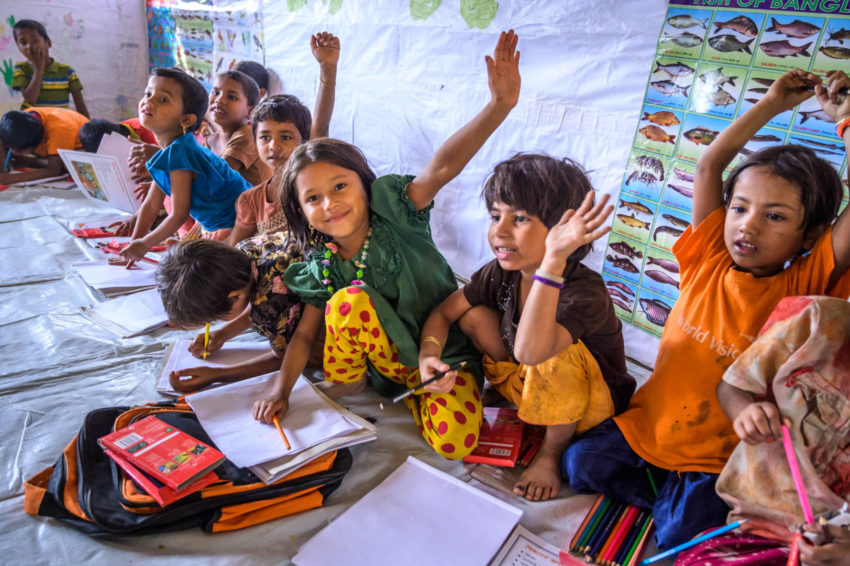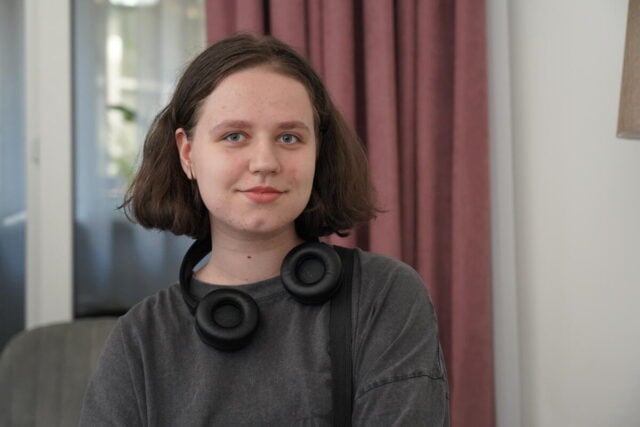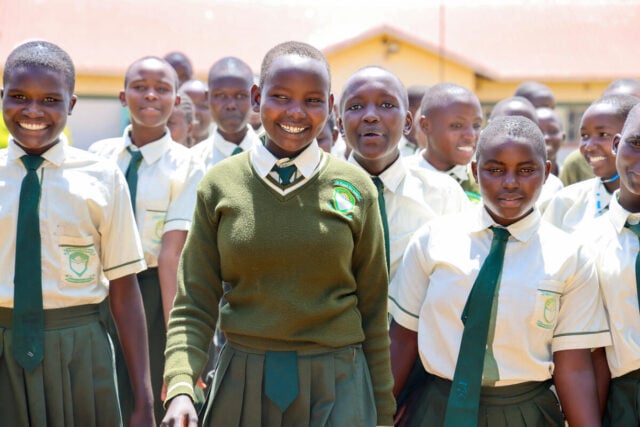Child-Friendly Spaces are programs that support the well-being of children during emergencies. That can encompass risks of all kinds: conflict, natural disaster, or potentially exploitative situations.
Here are six places where World Vision’s Child-Friendly Spaces and the staff who run them are helping vulnerable children.
Child-Friendly Spaces for Venezuela migrants in Colombia
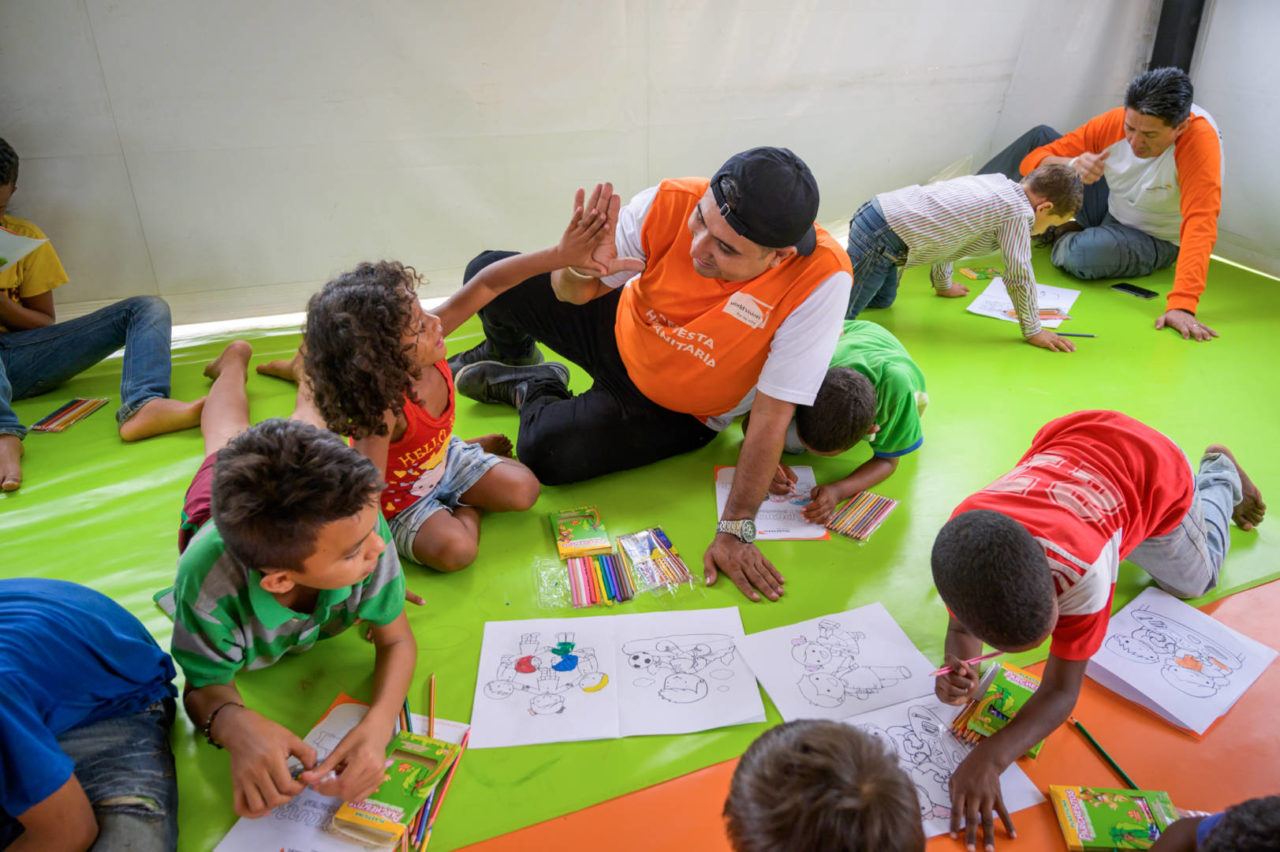
World Vision Child-Friendly Space coordinator Henry Sandoval helps Sofia, 5, and other kids with their coloring at the World Vision Child-Friendly Space in their El Talento neighborhood in Cucuta, Colombia.
World Vision partnered with Centro Cristiano church to put a Child-Friendly Space on church property in the largely Venezuelan migrant community. World Vision staff lead activities in the tent several days a week for children from adjacent barrios. On Saturdays, the church leads enrichment activities for children, including music, dance, and reading. There is also free, 24-hour Wi-Fi at the Child-Friendly Space.
Child-Friendly Spaces for Myanmar refugees in Bangladesh
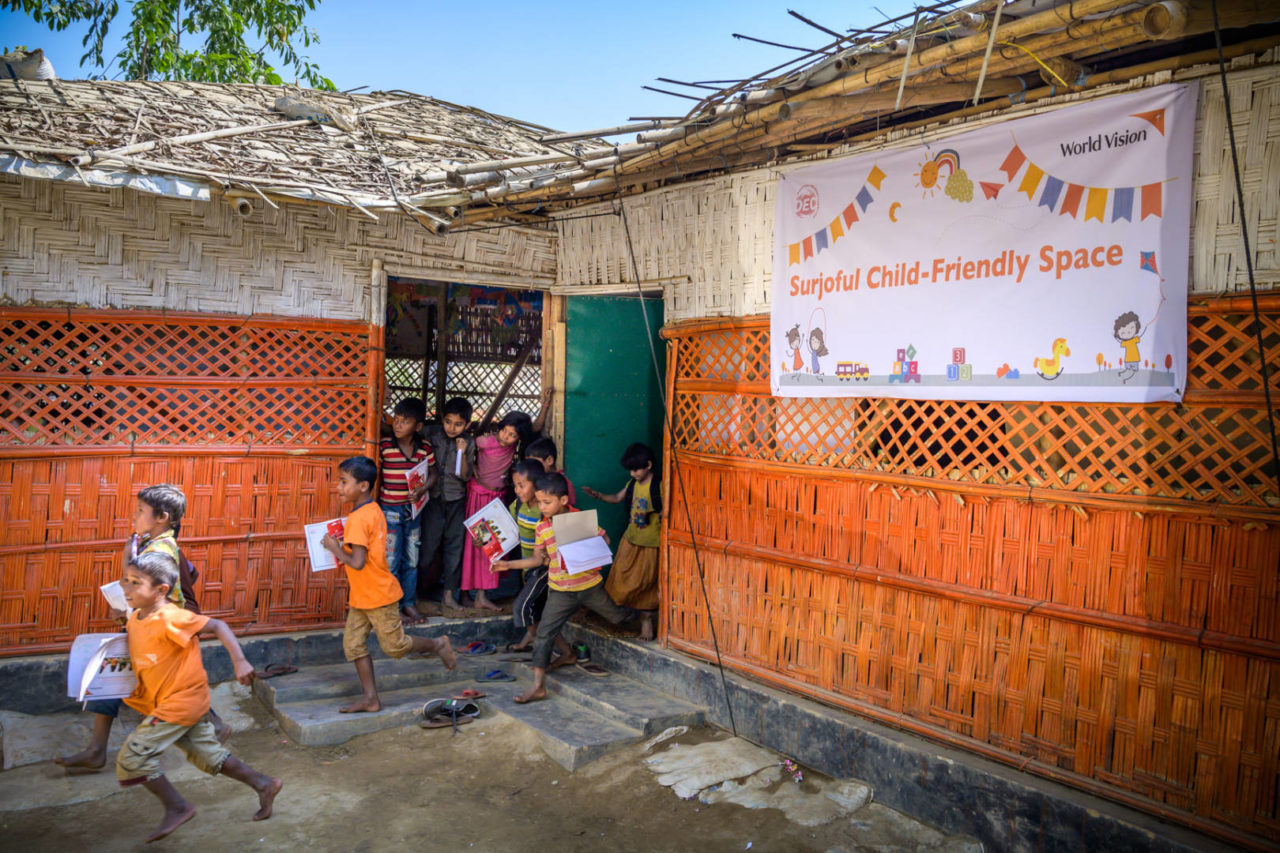
Myanmar refugee children race out of World Vision’s Child-Friendly Space in one of the refugee camps in Cox’s Bazar in Bangladesh. This Child-Friendly Space is called surjoful, which means “sunflower” — a name given by the children who attend each day.
Farjana Faraz Tumpa, 20, has worked in this Child-Friendly Space for 11 months. “When [the children] came, they had seen so many bad things in front of their eyes,” she shares. “They saw people killed. When they come here, they can forget those things. They can have fun. When they come here, they feel good. They are treated nicely. We don’t scold them.”
Child-Friendly Spaces in the Central African Republic
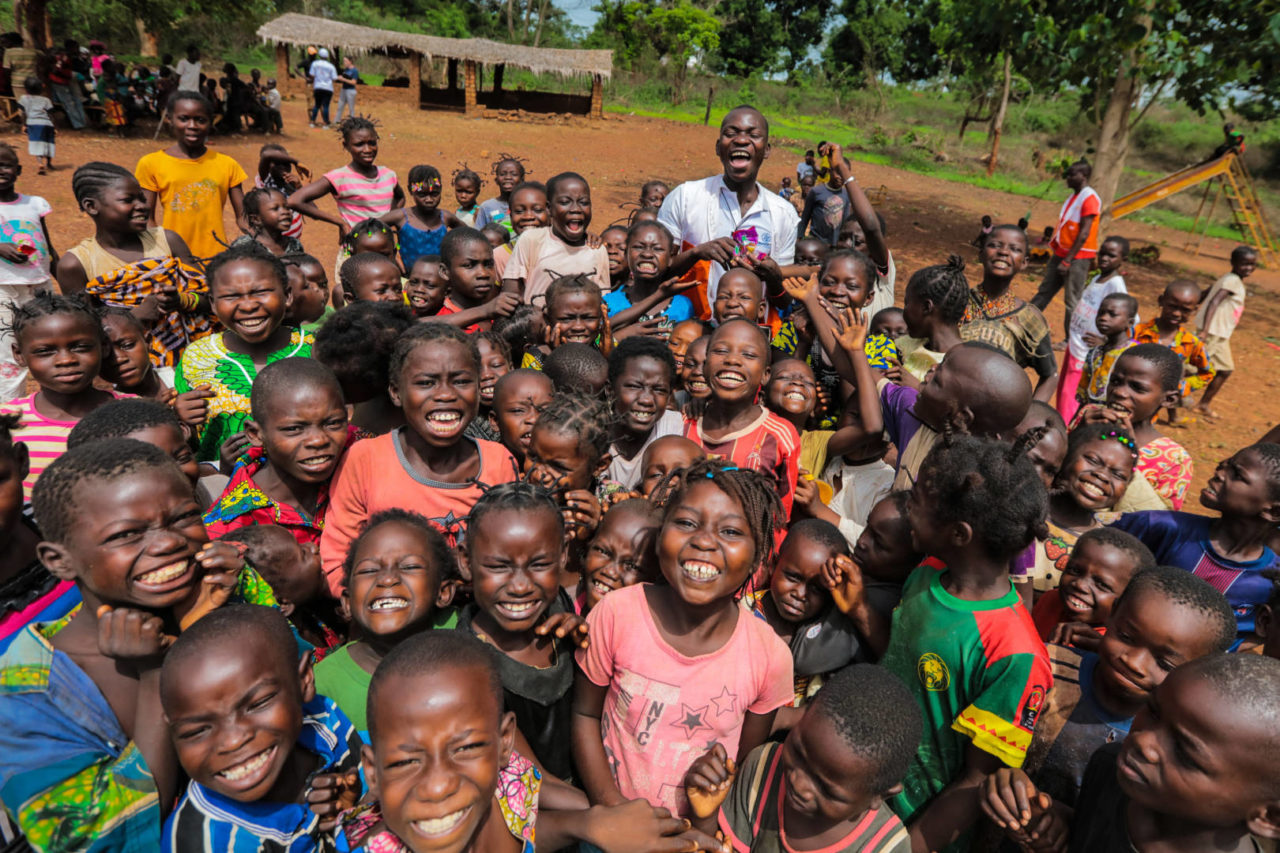
Staff lead children in a boisterous song at a Child-Friendly Space in one of the sub-prefectures of Damara in the Central African Republic.
World Vision’s Child-Friendly Spaces in this area are also peace clubs. The clubs were launched in 2014 to help children — including demobilized soldiers — cope with the impacts of conflict, build social cohesion and peace-building efforts, and provide children with a safe place to gather and play. World Vision provided play materials and playground equipment. (©2018 World Vision/photo by Corey Scarrow)
Child-Friendly Spaces for Syrian refugees in Lebanon
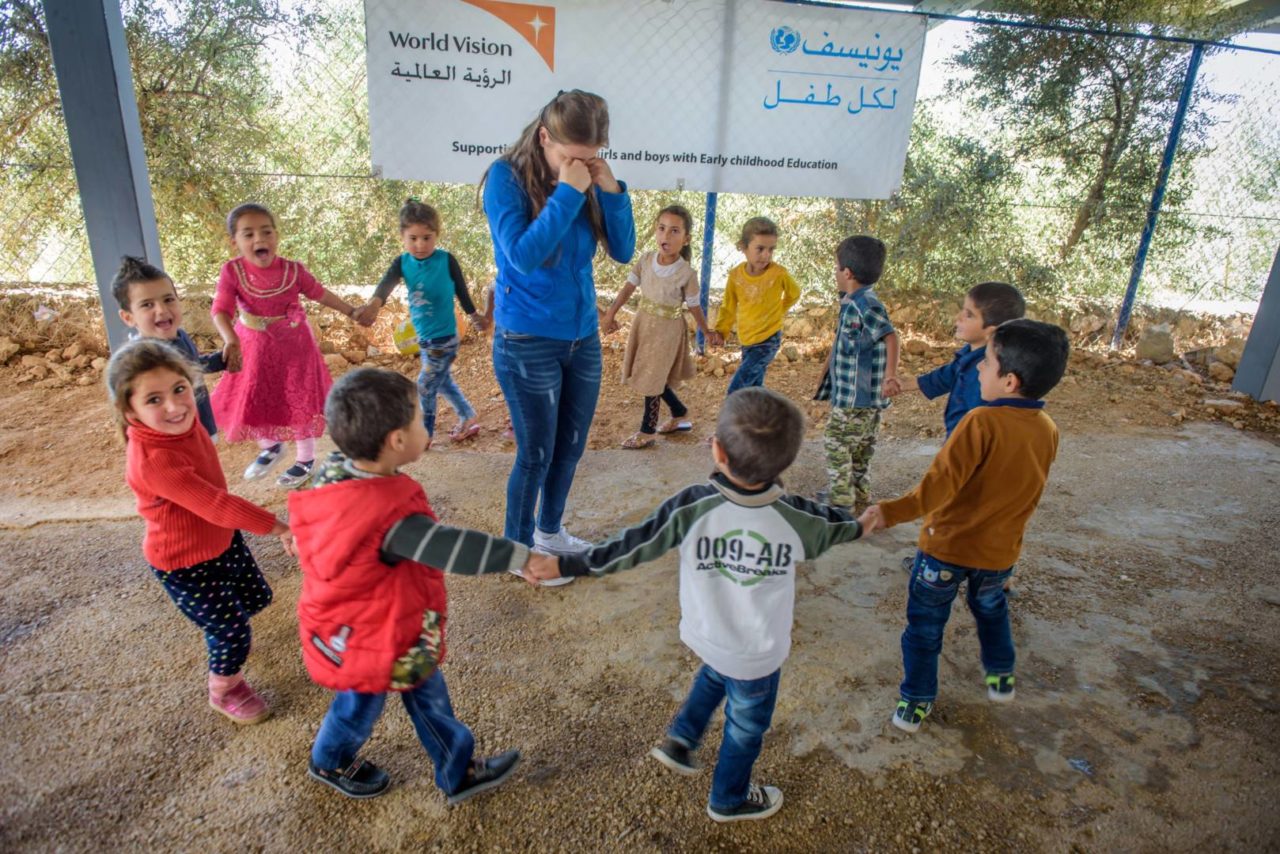
Teacher Rita Cholakian plays games with her young students at World Vision’s early childhood education center. This UNICEF-funded and World Vision-started project reaches about 200 refugee children from ages 3 to 6 with educational activities that prepare them for formal schooling. In colorfully decorated classrooms staffed by attentive teachers and assistants, the kids learn basics in Arabic and English — numbers, days of the week, months, seasons, colors. They also learn good hygiene practices, problem-solving, and social skills. They sing, do art projects, play outside, and eat snacks.
Although the children are too young to remember Syria and Iraq, many are exposed to deprivation and violence in the informal tent settlements, and some of them have experienced child labor. The center is an oasis of fun, affirmation, and learning. (©2017 World Vision/photo by Laura Reinhardt)
Child-Friendly Spaces in South Sudan
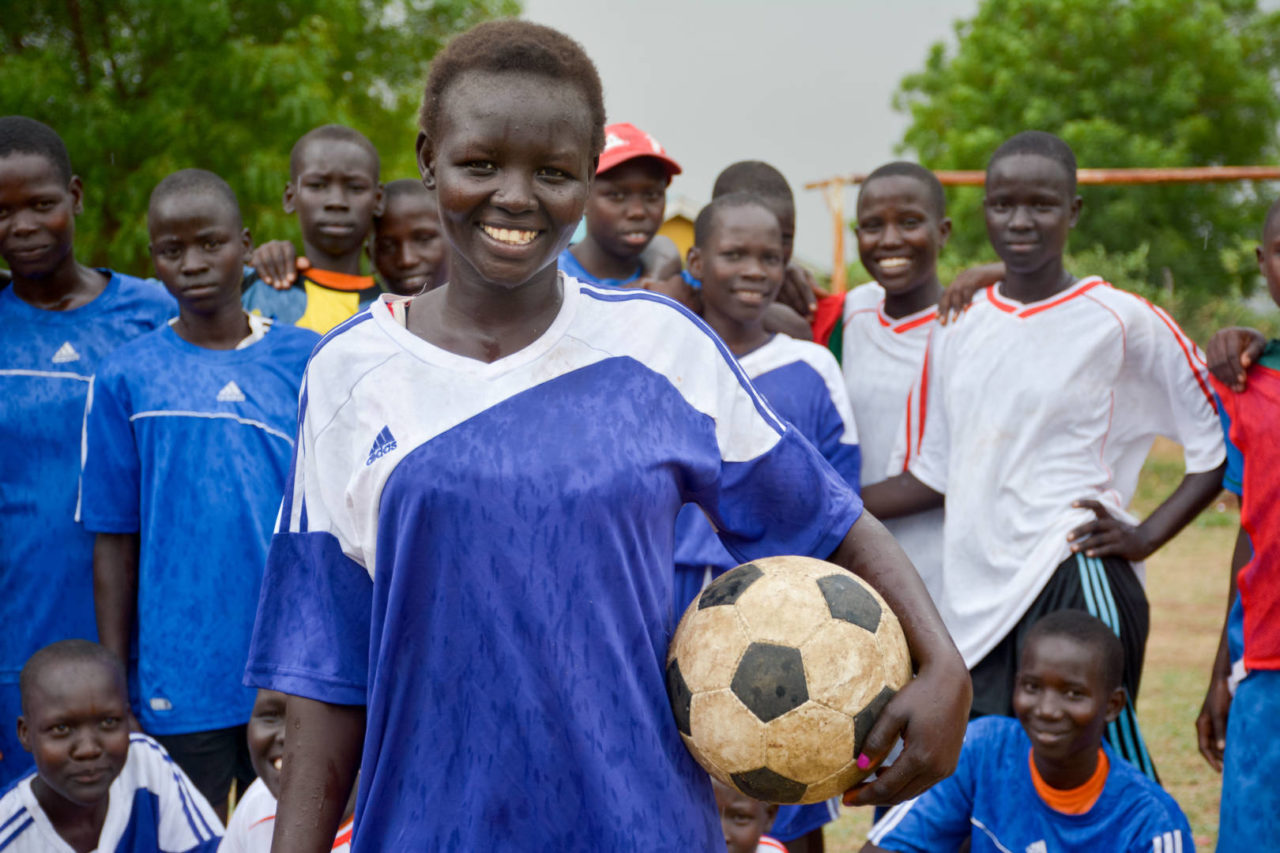
Soccer, or football as it is known throughout most of the world, is only one of the activities organized by World Vision staff at Child-Friendly Spaces in South Sudan. The sport gives youth like Dina an opportunity to set aside the stress of their experiences and focus on being a kid again.
“I feel like football has made me stronger,” says 18-year-old Dina. “Football makes me the happiest. When I play, I don’t think about anything else, I just concentrate. When I go to school, I can concentrate better too.” (©2018 World Vision/photo by Mark Nonkes)
Child-Friendly Spaces in Uganda for South Sudanese refugees
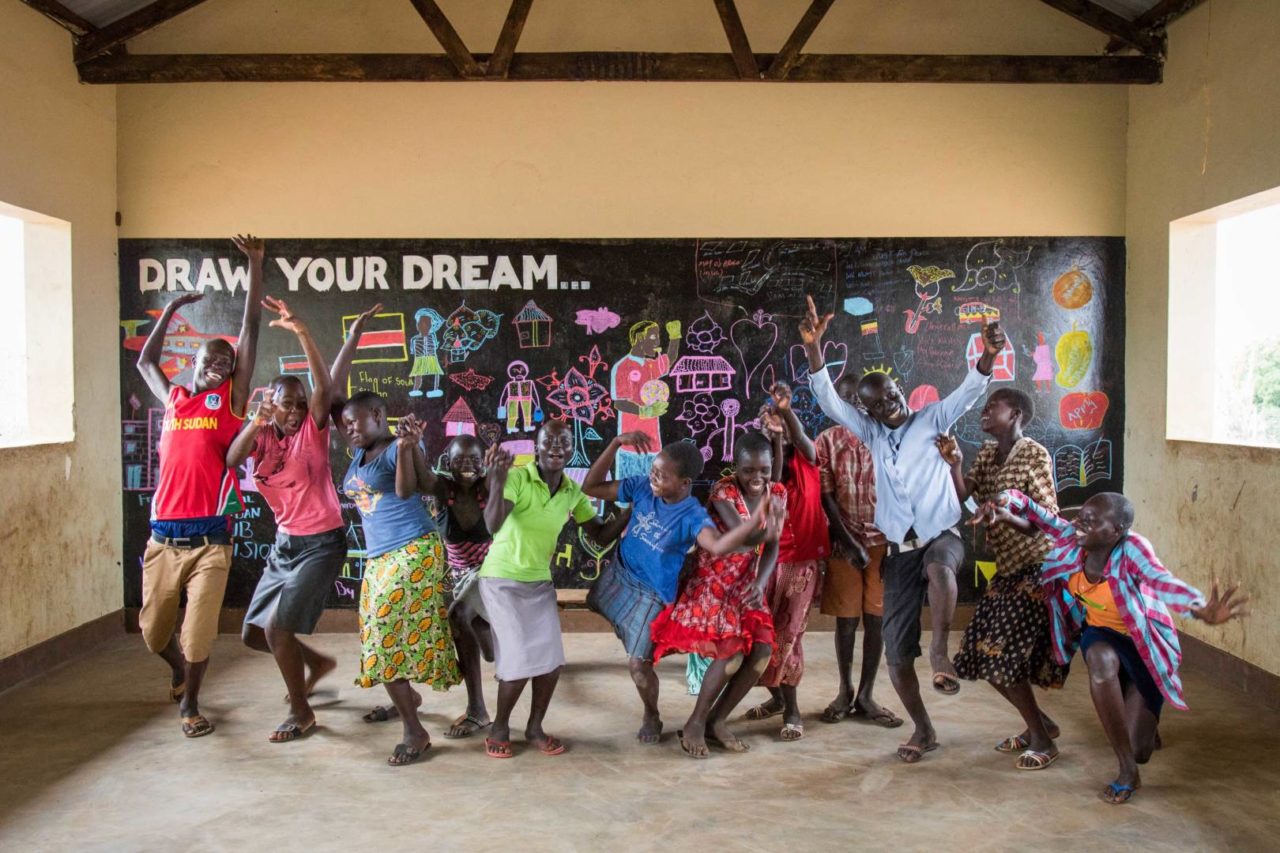
South Sudanese children from World Vision’s Child-Friendly Space in the Bidi Bidi refugee settlement act silly after drawing their dreams inside the classroom. Apartial — an online community of artists — partnered with World Vision to enable children living in the settlement to tell their stories through art. (©2017 Oscar Durand for World Vision)
